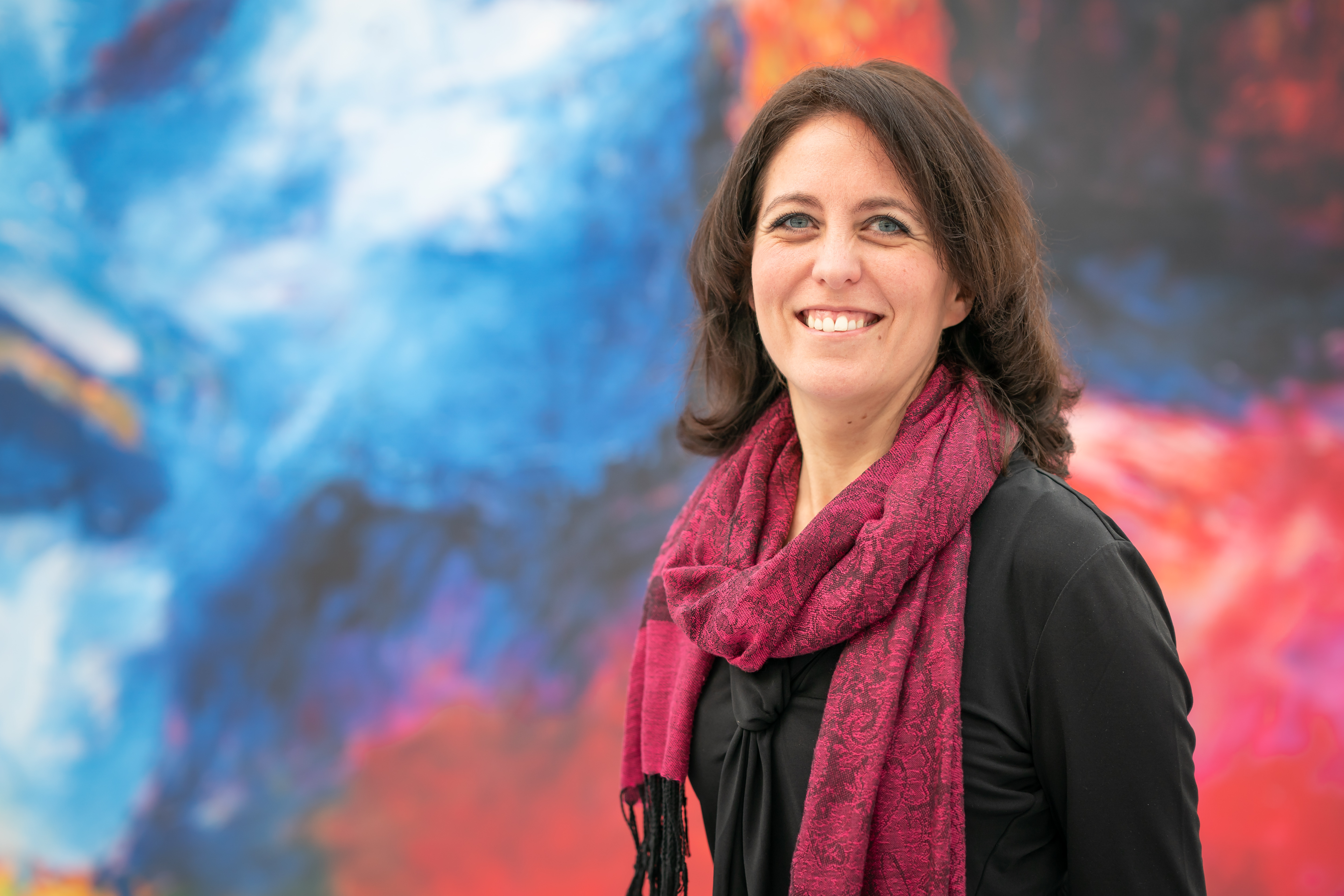The key to closely mimicking human soft tissue: ERC-grant for study into hydrogels
Hydrogels are a special kind of material that can support the growth of human cells, forming tissues such as skin or ligaments. While hydrogels exist naturally in the human body, they can also be made synthetically. Researchers at Maastricht University have fine-tuned these synthetic hydrogels to closely mimic the dynamics of human soft tissue, creating ideal circumstances for cells to grow just as they would in the human body. These hydrogels are 3D-printable, opening opportunities for improving cell therapies, testing medicines, and growing small tissues in the lab. The researchers have published their initial work in the renowned scientific journal Advanced Materials, laying the groundwork for the successful ERC application of Matt Baker (see sidebox).
Cell environment
Hydrogels provide the ideal environment for human cells to grow and form tissues such as skin, cartilage, or ligaments. They exist naturally in the human body, for example in the form of collagen. Drawing on their knowledge of how the human body creates these hydrogels, researchers have designed synthetic hydrogels to be used in medical treatments for damaged tissue, such as skin wounds or ligament tears. These synthetic hydrogels can eventually support the human body in repairing, replacing, or rebuilding the damaged tissue.
Until now, synthetic hydrogels have provided an environment in which human cells could survive and grow. But the tissue grown within these hydrogels did not possess the same complex properties as tissues formed in the human body. According to Matt Baker, an assistant professor at Maastricht University's MERLN institute, human cells in synthetic hydrogels are like a bear in a zoo. “A bear can survive in a small cage with only water and food, but it needs an environment filled with trees, vegetation, and rivers to behave naturally. Similarly, synthetic hydrogels need to provide cells with an environment that looks like the superstructure of the human body to keep them alive and functioning as they would naturally."

Matt Baker recently received a prestigious ERC Consolidator Grant for a study into the possibility of making biomaterials based on these hydrogels not only flexible, self-healing and as natural as possible, but also with specific information on how the cells should evolve over time. It is the second(!) time this year that a researcher working at the MERLN-insitute receives an ERC Consolidator Grant; earlier this year Sabine van Rijt was awarded also.

Self-healing synthetic hydrogel created at UM’s MERLN Institute
Image: MellowFlowMotion
Natural habitat
Baker and his team have discovered how to create a more ‘natural habitat’ for growing human tissue. By adding fat-like molecules to the hydrogels, they can mimic the complex properties of natural hydrogels: soft and with an internal fiber structure. But they can also go a bit further. They behave similarly to the children's toy Silly Putty: they can be stretched and squeezed without tearing. Just like Silly Putty, these new hydrogels are self-healing and can return to their original structure or be recycled after forces are applied to them. This allows for materials that can adapt to the body, while being familiar to cells.
Tuning the size and amount of fat-like molecules has unlocked the ability to create a realistic cell environment for different types of tissues, according to Baker. "By 'playing around' with the amount of greasy molecules we add, we can control the properties of the hydrogels," he says. Adding more results in relatively elastic hydrogels that are necessary for growing tissues like skin. Adding less greasy molecules creates softer, more fluid-like hydrogels that are ideal for growing brain tissue and fat, which need to be more dynamic and remodelable. As Baker explains, "This means that you can adjust the hydrogels to the specific area of the body where you want to use them."
3D-printable
Although adding fat-like molecules to hydrogels is straightforward for chemists, the ability to tune the hydrogels has important consequences. Mainly because they are 3D-printabele, what makes these hydrogels unique. "It's quite simple to do, but its implications are significant. What makes our hydrogels unique is that they are 3D-printable with cells. By combining hydrogels with human cells, we can 3D-print a structure that becomes a tissue outside of the human body”, explains Baker. That potentially enhances the effectiveness of cell therapies, for example for osteoarthritis, where cells are injected to repair or rebuild cartilage and reduce pain and stiffness in joints. Furthermore, 3D-printed tissue can be used for early phase pharmacological testing, providing an alternative to animal testing.
The classic idea of tissue engineering is to 3D-print a piece of tissue with cells, and then implant it into the body to repair, replace, or rebuild damaged tissue. Baker: “People like to talk about 3D-printing a heart – while we're still far from that, 3D-printing a mix of realistic cell environments and human cells is one of the many steps we must take toward 3D-printing patient-specific implants."
This research was funded by the European Research Council (ERC), the Dutch Research Council (Nederlandse Organisatie voor Wetenschppelijk Onderzoek, NWO) and Regenerative Medicine Crossing Borders partners (RegMed XB).

Hydrogels combined with human cells can be 3D-printed into structures like these to grow human tissue (Image: MellowFlowMotion)
Also read
-
In the upcoming months, we’ll share tips on Instagram for our students on how to live a healthier life. Not just a random collection, but tips based on actual research happening at our faculty. The brains behind this idea are Lieve Vonken and Gido Metz, PhD candidates at CAPHRI, the Care and Public...
-
Ageing well isn’t just about physique. It also means being aware of a healthy brain. To prevent dementia, Martin van Boxtel and his colleagues from ‘Alzheimer Centrum Limburg’ founded the Maastricht Ageing Study (MAAS) 30 years ago. MAAS kept track of 2043 people over 25 years in a longitudinal...
-
Can urine be used to detect renal cell carcinoma? The current approach in the case of small renal masses is in most cases a precautionary partial or complete removal of the kidney, without knowing whether the mass is benign or malignant. Molecular epidemiologist Kim Smits is working at MUMC+ on a...


